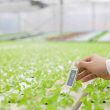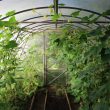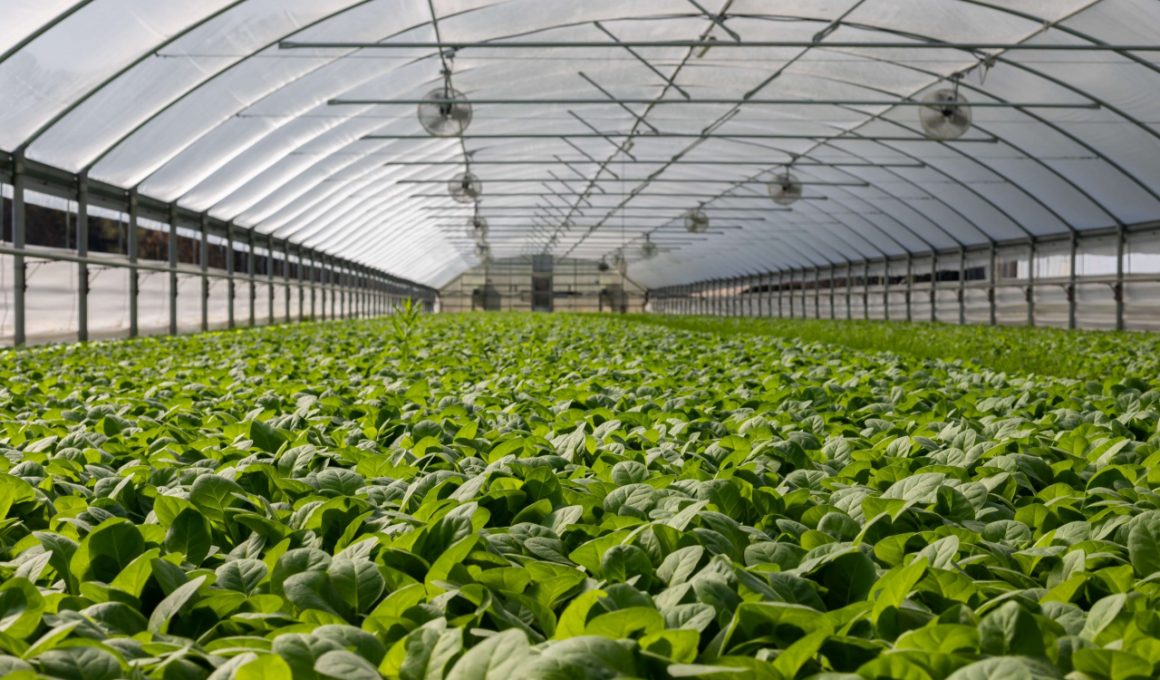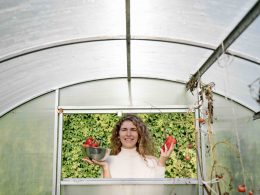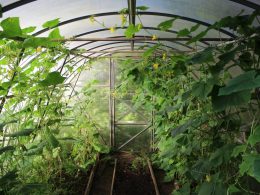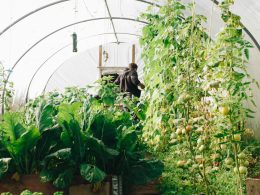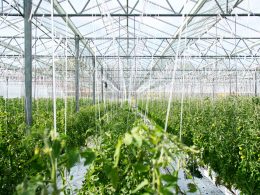Green House Adviser is reader-supported. When you buy through links on our site, we may earn an affiliate commission. Learn more
In the past few years, greenhouses have become a popular way to grow your own vegetables and fruits at home. Utilizing greenhouses for growing allows you to maximize year-round gardening, as well as extend the growing season by several months in most climates.
However, because of the rising popularity of many greenhouse designs, there are now more myths than truths surrounding the benefits of greenhouses and gardening in general. To help get rid of any confusion you might have, we will answer the question: ‘What is a greenhouse?’ as well as talk about other things you need to know about greenhouses.
What Is a Greenhouse?
If you are an environmentalist and love to “go green,” you may have heard of greenhouses. A greenhouse is a structure with transparent glass or plastic walls. Greenhouses are widely used in gardening to protect plants against bad weather and allow them to grow even during the winter.
Greenhouses are considered a type of artificial climate – one that is created by humans for horticultural purposes. Without them, many plants would not be able to survive the harsh winters. As a container, a greenhouse is designed to keep plants warm so that they grow faster than usual and stay healthy even in harsher weather.
Why Is a Greenhouse Called a Greenhouse?
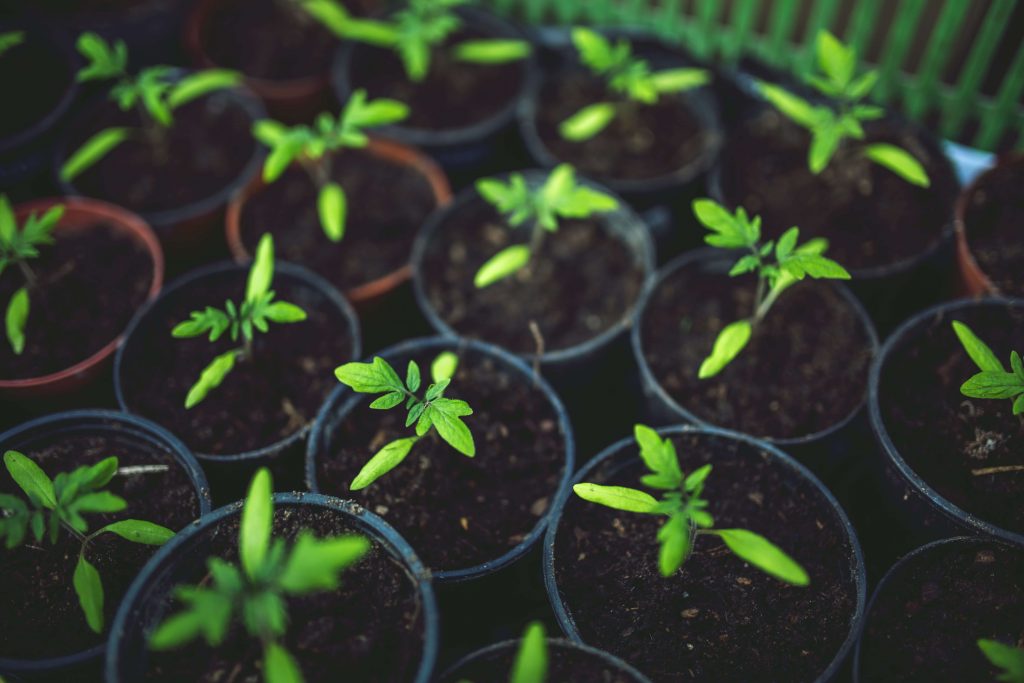
The term greenhouse refers to a ‘home’ that houses plants or ‘greenery.’ It was initially used in the eighteenth century, but it wasn’t until the 1960s that it became commonplace; the name grew more entrenched when the greenhouse effect was first described and became widely known. This is also because the same process that warms the planet occurs in a greenhouse, where the glass structure captures the sunlight and heats the space beneath the glass. As a result, the word “greenhouse” has become synonymous with these glass or polycarbonate structures.
What Is the Purpose of a Greenhouse?
A greenhouse is a structure that houses plants and protects them from outdoor elements. Greenhouses provide protection from frost and wind damage and shade from direct sunlight during the summer months to help plants thrive during periods when temperatures might otherwise be too hot for optimal growth conditions.
So, the main purpose of a greenhouse is to provide an environment for growing plants that allows them to thrive year-round.
How Does a Greenhouse Work?
The basic principles of how a greenhouse works are simple: the sun’s heat comes in through the glass and warms up the air inside, causing it to rise. This rising air creates an area of low pressure above, pulling more warm air in from outside. This process continues until all the available space has been filled with warm air. In this way, a greenhouse works like an upside-down convection oven — hot air rises at ceiling level, and cold air is sucked in at floor level.
What Is Greenhouse Gas?
Greenhouse gases include carbon dioxide, methane, nitrous oxide, ozone, and water vapor. These gases’ molecules are more loosely connected than most molecules, so when heat strikes them, they vibrate, thus releasing heat. Much of this heat is absorbed by neighboring greenhouse gas molecules. This process keeps the air in an area unusually warm.
Most of the atmosphere consists of nitrogen and oxygen. These gases include two identical atoms; the bonds holding these molecules together are tight and don’t allow much vibration. So, they don’t retain heat well and thus don’t contribute significantly to greenhouse effects
Benefits of a Greenhouse
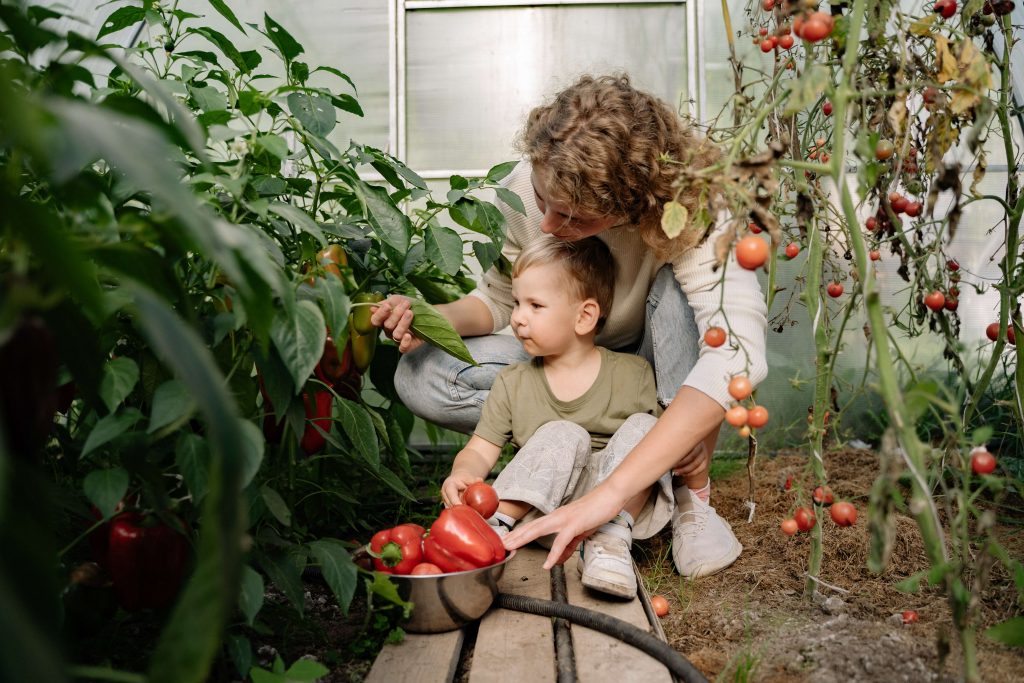
If you’re considering adding a greenhouse to your home or business, there are some great reasons to do so, including:
- Increased productivity: Greenhouses allow you to produce plants at any time of the year, even in the dead of winter. This allows for greater crop yields and less loss due to weather or pests.
- More varieties of crops: You can grow more types of crops in a greenhouse than in any other kind of growing system because it’s protected from extreme temperatures, wind, and precipitation. You can also control light levels, so you can grow different plants together without worrying about competition for nutrients or sunlight.
- Good for the environment: Greenhouses reduce erosion by protecting soil from wind and rain. They also help reduce water pollution by reducing run-off from stormwater.
- Fresh greens, vegetables, and fruit: Some people grow plants as a food source. Using a greenhouse to grow food year-round allows you to enjoy the benefit of fresh food and lower food bills.
Should I Get a Greenhouse?
The question of whether or not you should get one is dependent on your needs and circumstances. Here are some things to consider when deciding whether or not a greenhouse is right for you: What will you be using it for? How many plants do you want to grow? How much space do you have available? What kind of climate do you live in? What kinds of temperatures do you expect?
The main reason for getting a greenhouse is to extend your growing season. A greenhouse allows you to grow plants during the winter months when it’s too cold outside. Greenhouses also help protect plants from pests and diseases by providing an environment free from wind and other elements that can harm plants and many more.
The Bottom Line
Greenhouse shelves are a great choice if you’re looking for an affordable way to grow your own food locally. Greenhouses provide a small-scale growing environment within a larger space and are not awfully difficult to build.
What’s more, they provide a natural way to grow fruits and veggies that can be hard to come by in the winter months. So, if you have room for a greenhouse, it may be something worth looking into.
